
Table of contents:
- Author Bailey Albertson [email protected].
- Public 2023-12-17 12:53.
- Last modified 2025-06-01 07:32.
How to grow a truffle on your site

Anyone whose garden is rich in all sorts of cultures always strives to grow something new. If you are an experienced summer resident, and you are no longer interested in experimenting with varieties of tomatoes and strawberries, try to breed a truffle in your area. This mushroom costs a lot of money and has a lot of useful properties. But growing it will require compliance with many conditions and remarkable patience. This is a serious challenge for the hobby gardener. Let's try?
Why truffle is valuable
Truffle is a rare and valuable mushroom with unique taste and aroma properties. For a long time, truffle has cost much more than black caviar and is served exclusively in restaurants. The cost of a delicacy is calculated from $ 5 per gram. They rush to find it with specially trained dogs and pigs, because it is not so easy to find a mushroom in the wild. The fact is that the truffle grows underground, at a depth of 20-30 cm. With a large number of varieties, the white Italian and black Perigon truffles have acquired particular value and popularity among gourmets.
The optimal climate for truffles is Mediterranean and Australian, but it takes root in our country as well. And yet, in regions where the climate is unstable and subject to sharp fluctuations, it makes no sense to take up truffle cultivation. But the residents of Crimea and central Russia can easily take on a daring experiment. A black French truffle is grown at home. It is believed that the white truffle takes root only in the Mediterranean latitudes.
The high cost of the truffle makes breeding especially attractive. Therefore, people strive to put truffle production on stream and make it the basis of business. It seems that the truffle can turn an ordinary plot into a gold mine. Perhaps this is true, but truffle breeding requires a lot of attention and strict adherence to technology.

Black truffle has marble flesh
In addition to the fact that the truffle smells incomparably and gives dishes an extraordinary, incomparable aroma and taste, it also has useful properties. For example, it is rich in vitamins B1, B2, C, PP, antioxidants, and masks and creams with the addition of truffle help to rejuvenate and tighten the skin.
Growing conditions
Climate and terrain
Regions with a warm climate, short and not frosty winters, and a small amount of rainfall are suitable for truffle cultivation. The saturation of the soil with moisture should not exceed 70%. The mushroom prefers flat terrain, sheltered from the wind, with an altitude of 200-500 m above sea level. Truffles do not grow in highlands and lowlands.
Partner trees
In the wild, the fungus grows in close proximity to the root system of trees. The mutually beneficial proximity of the fungus and the tree - mycorrhiza - provides the truffle and the companion tree with nutrition, growth, and enrichment with useful elements. With good interaction with the tree, the mushroom grows and develops quickly. The most popular partner for truffles is oak, but it also interacts with the root systems of chestnuts, lindens, hazelnuts, and some conifers (eg Lebanese cedar).
The soil
For cultivation of truffles, soil resistant to water erosion with a fertile layer of at least 30 cm and an angle of inclination of no more than 15 ° are selected. Before planting, it is necessary to hand over soil samples for laboratory analysis. This will not be superfluous, since the time-consuming, painstaking and lengthy process of truffle breeding requires strict adherence to all the necessary conditions and regulations. The soil should be alkaline with a pH of about 8.0, therefore, with increased acidity, it is recommended to sprinkle the soil with lime. Saturation with calcium, nitrogen, carbon and minerals is required.

Trained dogs help you search for truffles
Landing
When you have chosen a suitable site, you can start landing. Keep in mind that you will not plant mushroom spores, but young trees. It is the young seedlings of trees, whose root systems are infected with fungal mycelium, that are used. In laboratory conditions, truffle mycorrhiza is grafted onto the seedling. A developed seedling with fortified mycorrhiza is sold in patented containers of various sizes. You choose a partner tree (oak, hazel, cedar, linden, etc.), the variety of grafted mycorrhiza, the age of the seedling, the volume of the container. The seedlings are sold in online stores. Please note that experienced and reputable manufacturers attach a certificate with a date and an individual number to the products. As a rule, deliveries are made from France and other European countries. The cost of a 1-2 year old seedling ranges from 10 to 25 €, a 3 year old seedling will cost 30 €.
Seedlings are planted in squares 4x5 m, taking into account 500 trees per 1 hectare. No pre-fertilization of the soil is required. On the contrary, the introduction of additional chemicals can cause the death of the mycelium. Seedlings are planted in the spring in warm soil, previously cleared of weeds.
For planting, dig a hole 70-75 cm deep, carefully place the seedling there, protecting the root system, water it abundantly and cover it with earth. Mulch the top layer in a radius of 40 cm. Can be sprinkled with twigs, straw or covered with plastic wrap.
Care and harvest
Planting care consists in the regular removal of weeds (after 4 years all extraneous vegetation will finally die around the tree) and the annual light loosening of the soil in the spring. To prevent the soil from drying out, the ground under the trees is covered with branches. In a dry year, you can resort to drip irrigation so that the mycelium does not die from drought.
If cracks form in the soil, be sure to cover them with earth
It is vital to monitor the health and growth of the partner tree. Control pests and prune branches to avoid overgrowth. A tree in the form of an inverted cone, about 1 meter high, is an ideal option for the development and nutrition of mycorrhiza.
Prevent animals from entering the plantation. The aroma of the truffle attracts pigs and rabbits.

Dig up the truffle carefully, protecting the roots and mycelium
Harvesting takes place from November to March. Mature mushrooms have a rich aroma and black color, unripe ones have a reddish tint. Collecting is a time consuming and painstaking process. As you remember, mushrooms grow deep underground and one can only guess about the presence of a crop. In addition, mushrooms are located not only under the tree, but also in the aisles on the root branches. Truffle is not a potato for you, it requires careful and gentle handling when digging. Collect only fully ripe mushrooms, while being careful not to damage the mycelium and roots. In size, the fruiting body of a truffle reaches a large potato, but it can be as large as a pea, weighing on average 10-100 grams.
Video: everything about growing and harvesting black truffles
If you decide to experiment with growing a truffle, you need to be patient. Perhaps it is you who will be able to grow an outlandish mushroom right under your windows. And even if you do not become a millionaire mushroom planter at the same time, you can certainly enjoy aromatic and unique dishes with the addition of truffles.
Recommended:
How To Grow A Peach From A Stone In The Country Or At Home + Video
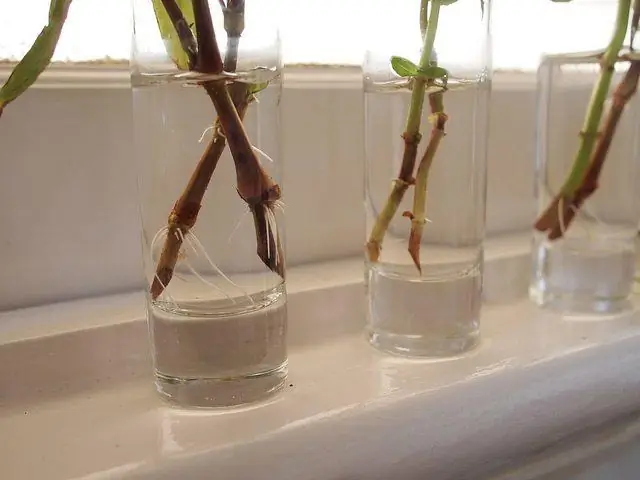
Growing a peach from a stone at home. Step-by-step descriptions of growing and transplanting methods. Plant care
How To Properly Grow A Crystal From Sugar At Home: Recipe + Video
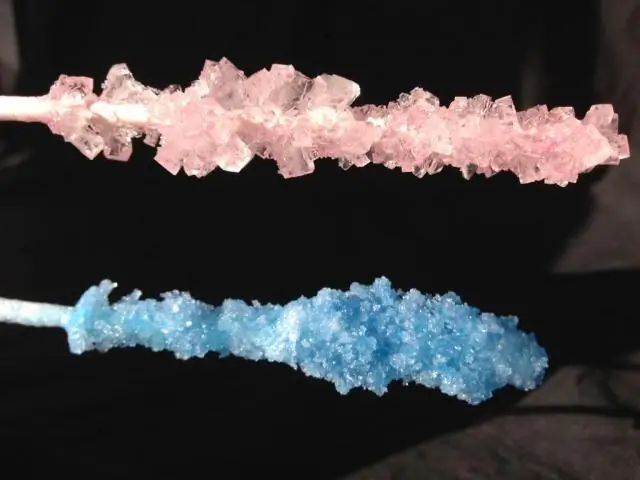
Ways to grow sugar crystals at home. Necessary materials and tools, a detailed description of how to grow on a stick, string
How To Grow Kiwi (at Home From Seeds, Seeds, Etc.) + Video And Photos
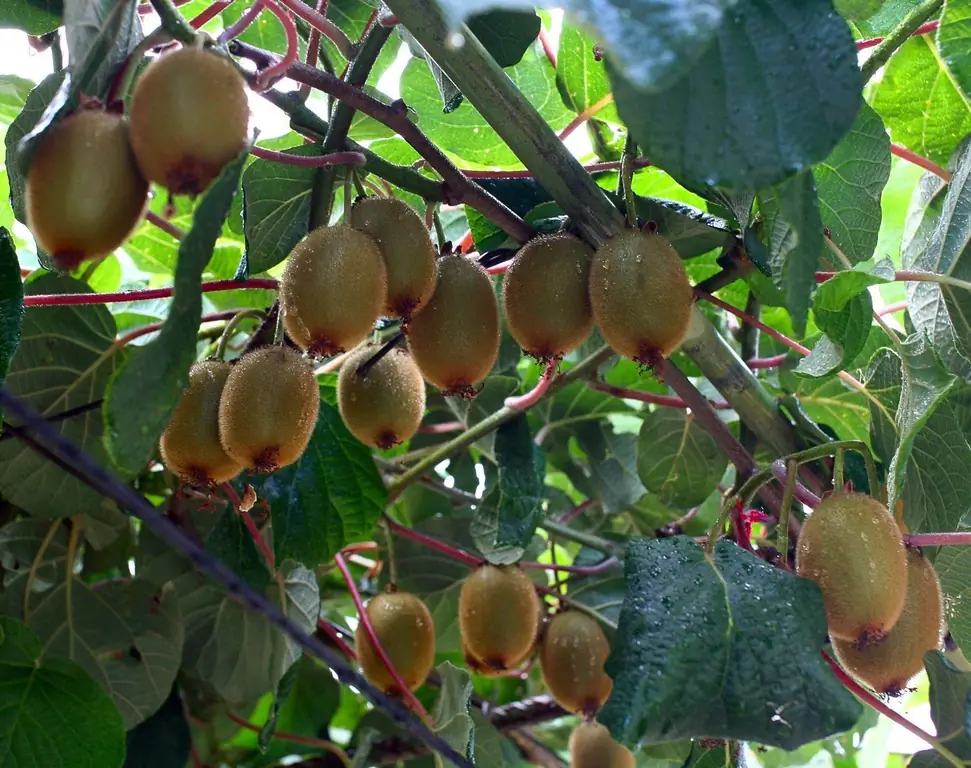
Step by step instructions for growing kiwi at home. Growing from seeds and seeds, taking care of seedlings and plants during the growth period
How To Grow A Crystal From Table Or Sea Salt At Home + Video
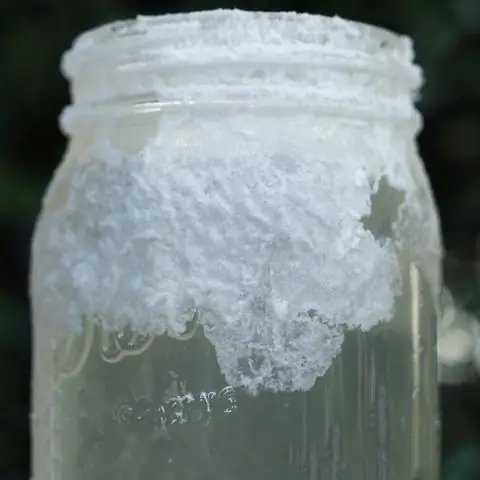
How to grow a crystal from salt: a detailed description of the technology. Materials, tools, features and rules
How To Grow Cabbage Seedlings At Home In Different Ways: When To Sow, Features Of Care With Video, Lunar Calendar
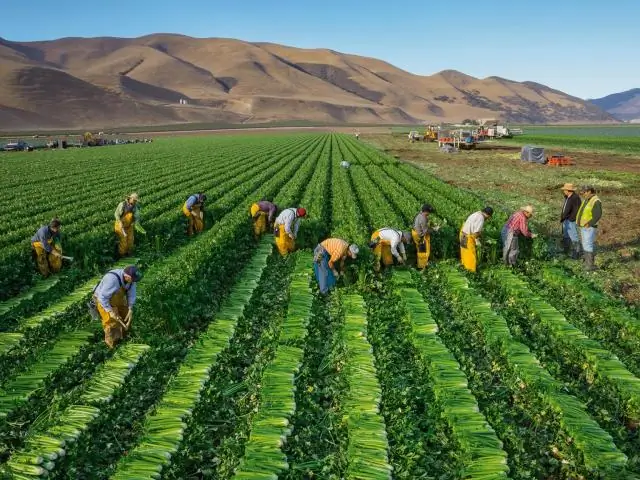
How to grow cabbage seedlings at home: rules for preparing seed and soil, especially sowing and care
